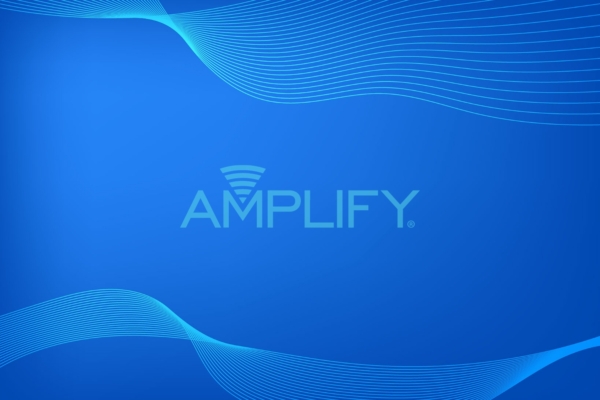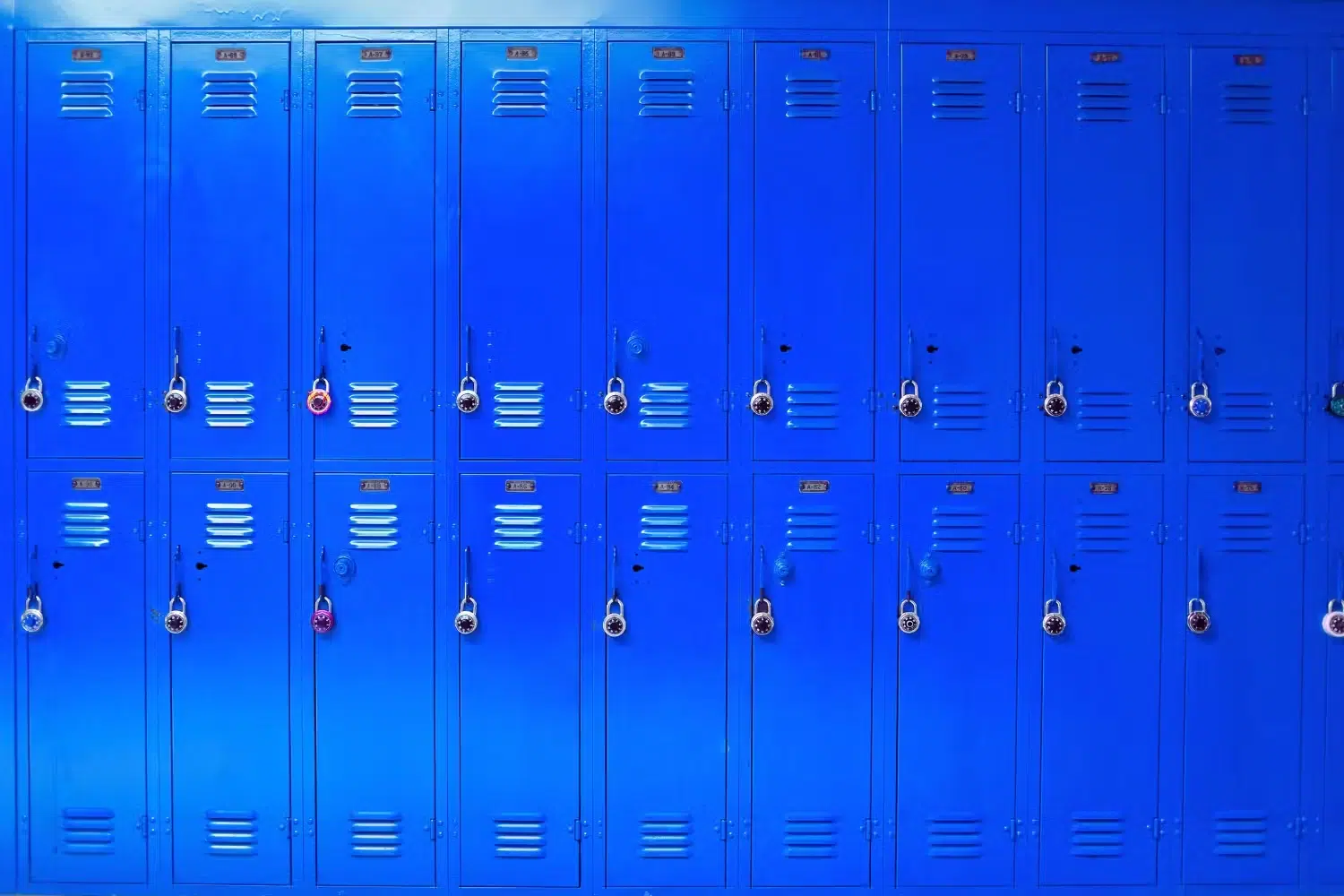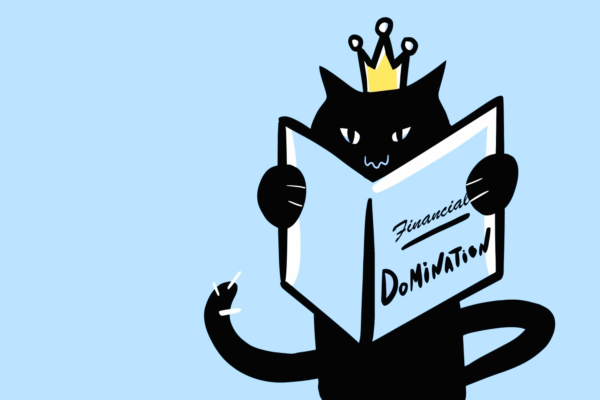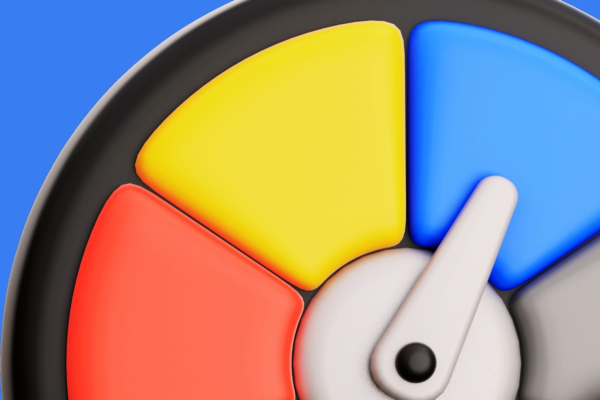
Banking 101: How to Read A Check

It may feel like checks are used few and far between these days, but they are far from obsolete. According to the Federal Reserve, nearly $27.23 trillion worth of payments were made via check in 2021, proving that writing and reading checks are still valuable pieces of know-how. For many, checks are still a fundamental tool for managing finances, paying bills, making purchases, or sending money to someone.
If you’ve never seen or used a check before, looking at one can feel a bit overwhelming. In this guide, we’ll walk you through how to read a check step-by-step, so you can confidently use this payment method should the need ever arise.
Leave Your Bank Fees Behind
No account fees. No overdraft fees. No bank fees at all.
How to Read a Check
Each element plays a crucial role in facilitating a successful transaction. Here’s what you need to know about each section.
1. Payer Information
At the top-left corner of a check, you’ll find the name and address of the person or business issuing the check, also known as the payer. If you’re writing the check, this will be your information!
2. Date Line
To the right of payer information, you’ll see a line for the date. This indicates when the check is written or issued.
3. Payee
On the left side below the payer information, you’ll see a line that reads “Pay to the Order of”.
This is where you write the name— whether it be an individual or business— of the recipient, also known as the payee.
4. Written Amount Line and Dollar Amount Box
In the center of the check, you’ll see two areas for the payment amount. The dollar amount box displays the payment numerically, while the written amount line spells out the payment amount in words.
5. Memo Line
Some checks feature a memo line, usually located below the written amount line. This optional line allows the payer to include a brief note or description about the payment, which can provide helpful information regarding the transaction.
For example, if you’re paying rent via check, you can write something like “June 2023 Rent” to indicate which month’s rent you’re paying.
6. Signature Line
At the bottom-right corner of the check, you’ll find a line for the payer’s signature. Without a valid signature, the check is considered incomplete and cannot be processed.
7. Routing Number and Account Number
Towards the bottom-left corner of the check, you’ll find a series of numbers. The ABA (American Bankers Association) or routing number identifies the financial institution that issued the check. Each bank or credit union has its own unique routing number. This number is also used for electronic transfers such as direct deposits and ACH withdrawals.
The account number, typically located next to the routing number, represents the specific bank account associated with the check. Like the routing number, your account number is important for any type of transaction to and from your bank account.
8. Check Number
The check number is usually printed in two places: at the top-right corner and at the bottom-center of the check. Each check has a unique number, which helps in tracking and organizing your financial records.
Tips for Using Checks
Using a check efficiently involves more than just reading the information on it. Here are some practical tips to help you make the most of your check transactions:
1. Always safely handle and store your checks.
Treat checks with care to avoid loss or unauthorized use. Keep them in a secure location, such as a locked drawer or safe. If you need to mail a check, consider using a secure envelope or sending it through certified mail. Always drop off mail containing checks directly at the post office instead of leaving it in your mailbox for the carrier to pick up.
Pro tip: If you ever pay a bill via check by mail and later receive notice that the bill wasn’t paid, monitor your bank account closely! This could be a sign that your check (and therefore banking information) has ended up in the wrong hands.
2. Endorse the check correctly.
When you’re ready to deposit or cash a check, you’ll need to endorse it on the back. Flip the check over and sign your name on the designated line. If you’re depositing the check via mobile banking app, you may need to add your account number or additional information as per your bank’s requirements. Check with your financial institution for specific endorsement guidelines.
3. Be vigilant about protecting your checks from fraud.
To protect yourself from check fraud, here are some measures to consider:
- Avoid leaving blank spaces: Fill in all the necessary fields to prevent unauthorized alterations.
- Use gel pens or non-erasable ink: These can make it more difficult for fraudsters to tamper with the written information.
- Review your bank statements: Regularly monitor your account activity to identify any suspicious transactions.
- Shred old checks: When disposing of old or unused checks, shred them to prevent unauthorized use.
Remember that checks contain your bank account information, name, and address! Treat it as you would documents that contain sensitive information like your Social Security number.
4. Keep track of check numbers and payments.
Maintain a record of your check transactions. Note the check number, date, payee, and amount in your personal financial records or checkbook register. This record will help you reconcile your account and track your expenses accurately.
5. Verify payment details before writing checks.
Before writing a check, double-check the payment details, including the payee’s name, payment amount, and date. Any mistakes or discrepancies can cause inconvenience or delays in processing the payment.
We’re Here to Help
Congrats! You’ve now gained a solid understanding of how to read a check and use it effectively. By familiarizing yourself with the different parts of a check, such as the payer and payee information, routing number, account number, and check number, you’re equipped to complete check transactions with confidence.
Remember, if you have any questions or need assistance, don’t hesitate to reach out to your credit union or financial institution. They are there to help you with any check-related inquiries or concerns.


